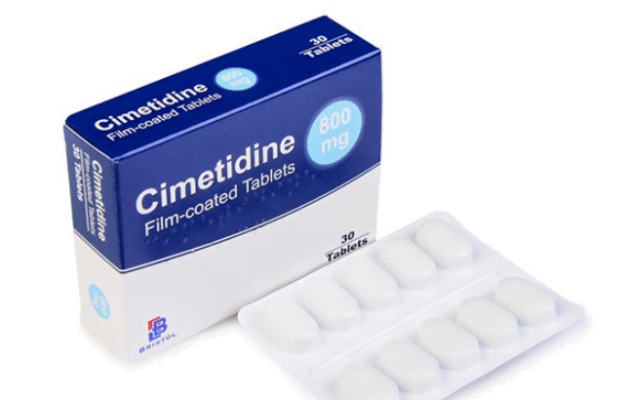Cimetidine and Famotidine are popular medications used to manage acid-related conditions. Although both belong to the same category of drugs—histamine-2 (H2) blockers—they have unique differences worth exploring.
In this article, we’ll take a closer look at Cimetidine and Famotidine, including their mechanisms, uses, dosages, side effects, and drug interactions to help you decide which option might be best for you.
## Understanding Cimetidine
Cimetidine, marketed as Tagamet, functions as an H2 blocker by reducing stomach acid production. It is frequently used to treat conditions like gastroesophageal reflux disease (GERD), peptic ulcers, and Zollinger-Ellison syndrome.
The standard dosage recommendation for Cimetidine in treating GERD and peptic ulcers is 800mg per day, divided into two to four doses. However, the exact dosage may vary based on factors like age, weight, and the specific medical condition being treated.
Common side effects of Cimetidine include headaches, dizziness, diarrhea, constipation, and fatigue. Additionally, Cimetidine can interact with other medications such as warfarin, phenytoin, and theophylline, which may increase the risk of adverse reactions.
## Understanding Famotidine
Famotidine, branded as Pepcid, is another H2 blocker that decreases stomach acid production. It is used to treat GERD, peptic ulcers, heartburn, and indigestion.
The typical dosage of Famotidine for GERD and peptic ulcers ranges from 20mg to 40mg per day, usually divided into two doses. However, the dosage can vary depending on an individual’s age, weight, and medical history.
Common side effects of Famotidine include headaches, constipation, and diarrhea. Similar to Cimetidine, Famotidine can also interact with medications such as warfarin, phenytoin, and theophylline.
## Comparing Cimetidine and Famotidine
While Cimetidine and Famotidine both belong to the H2 blocker class and work by reducing stomach acid, several key differences distinguish them:
- Half-life: Cimetidine has a longer half-life than Famotidine, meaning it stays in the body longer. This can be beneficial for prolonged acid suppression but may also lead to drug accumulation and increased adverse effects over time.
- Onset of Action: Famotidine has a quicker onset of action compared to Cimetidine, providing faster relief for symptoms like heartburn and indigestion.
- Dosage and Administration: While dosages can vary based on individual factors, the general recommendation for Cimetidine in treating GERD and peptic ulcers is 800mg per day, divided into two to four doses. In contrast, Famotidine is typically prescribed at 20mg to 40mg per day, divided into two doses.
- Side Effects: Cimetidine may cause side effects such as headaches, dizziness, diarrhea, constipation, and fatigue. Famotidine, on the other hand, tends to cause headaches, constipation, and diarrhea. The severity and frequency of these side effects can vary among users.
- Drug Interactions: Cimetidine has a higher potential for drug interactions, especially with medications metabolized by the liver. Famotidine has fewer interactions because it minimally affects the liver enzyme CYP450, which metabolizes medications. This reduces the risk of drug accumulation and adverse effects. Always inform your healthcare provider of any existing health conditions or other medications or supplements you are taking before starting either Cimetidine or Famotidine to avoid potential drug interactions.
